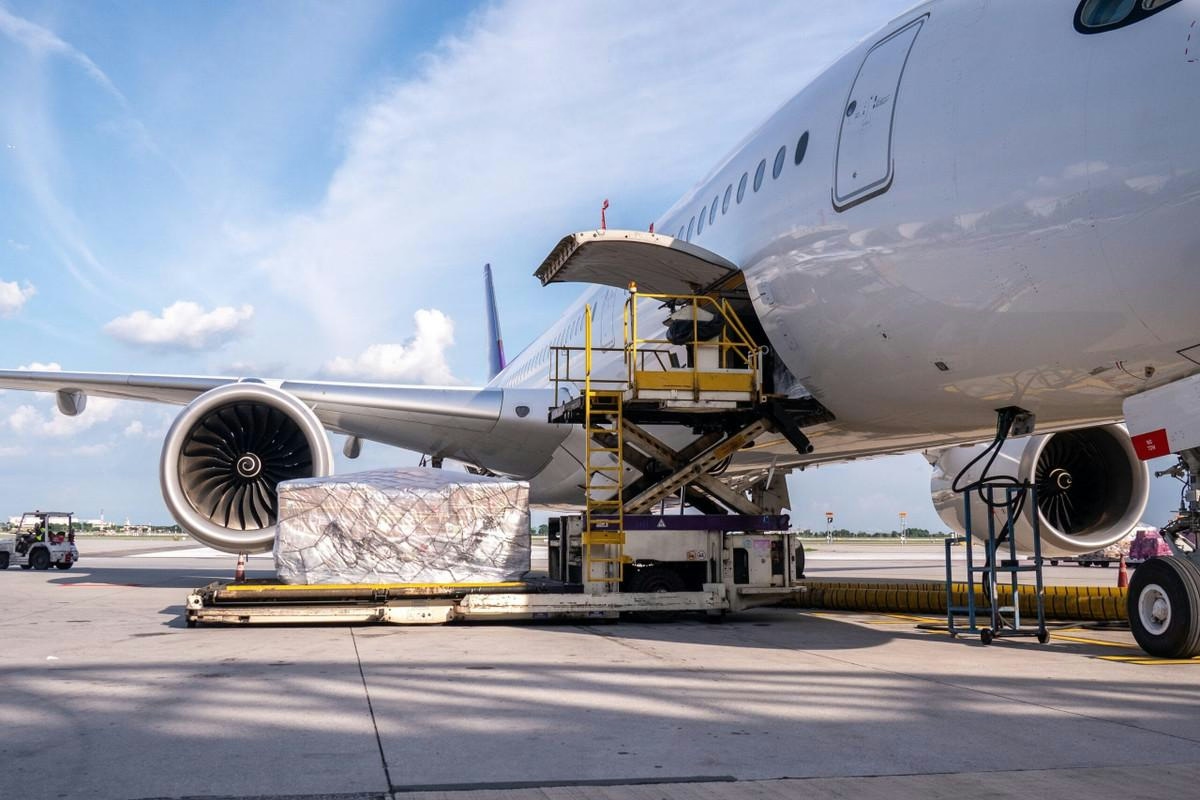
AeroGenie – Ihr intelligenter Copilot.
Trends
Categories
Delta Aims for AI-Driven Dynamic Pricing on 20% of Flights by 2025
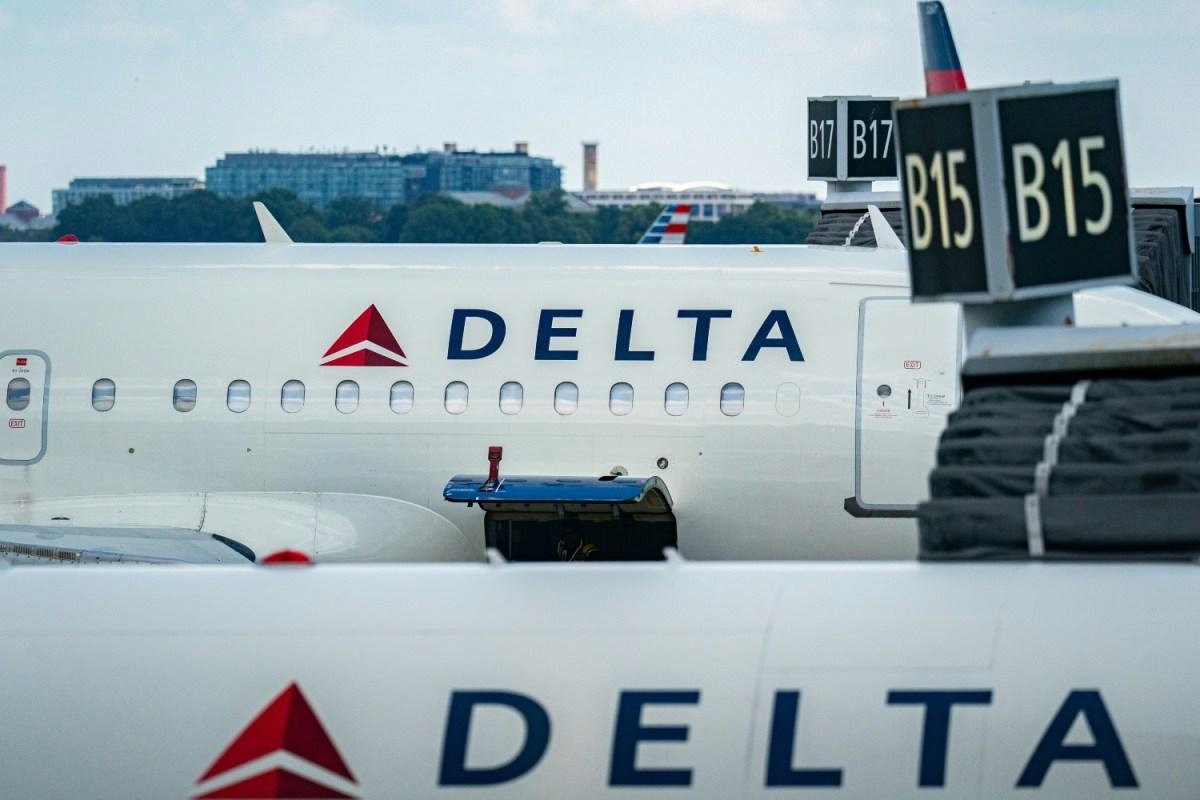
Delta Aims to Implement AI-Driven Dynamic Pricing on 20% of Flights by 2025
Delta Air Lines is intensifying its integration of artificial intelligence into its fare-setting processes, with the objective of applying AI-driven dynamic pricing to 20% of its flights by the end of 2025. Currently, the airline employs AI pricing on approximately 3% of its domestic flights, following initial trials of dynamic pricing tools developed by Israeli technology firm Fetcherr that began last year.
Strategic Focus on Revenue Optimization
During a recent investor call, Delta executives highlighted the company’s commitment to “optimizing revenue” through its collaboration with Fetcherr and the deployment of AI-enhanced pricing solutions. Delta President Glen Hauenstein emphasized that while the airline is still in a “heavy testing phase,” the results have been promising. He stated, “Our goal is to have about 20% [of flights using AI pricing] by the end of the year, and that’s a goal.” Hauenstein also underscored the importance of a measured rollout, noting the company’s preference to avoid rushing the implementation to prevent unintended consequences.
Controversy and Criticism Surrounding AI Pricing
Delta’s move toward AI-driven dynamic pricing has sparked criticism from consumer advocates and some lawmakers. Senator Ruben Gallego (D-Ariz.) condemned the approach, accusing the airline of exploiting AI to maximize profits at the expense of passengers. On social media platform X, Gallego asserted that Delta’s CEO was “bragging about using AI to find your pain point—meaning they’ll squeeze you for every penny,” labeling the practice as “predatory pricing” rather than fair or competitive.
In response, Delta has defended its pricing practices, emphasizing that fares are “publicly filed and based solely on trip-related factors like advance purchase and cabin class.” The airline also affirmed that it maintains “strict safeguards to ensure compliance with federal law,” seeking to reassure consumers and regulators alike.
Industry Context and Potential Implications
Delta’s initiative unfolds amid broader debates over the use of dynamic pricing across various sectors. Earlier this year, fast-food chain Wendy’s abandoned plans for surge pricing following widespread public backlash, illustrating the potential for consumer resistance. Delta may face similar challenges, particularly as social media platforms amplify concerns about pricing fairness and transparency.
Beyond public perception, the airline’s strategy could invite increased regulatory scrutiny and provoke competitive responses. Rival carriers might adopt comparable AI-driven pricing models or enhance loyalty programs to maintain market share. Meanwhile, skepticism persists regarding AI’s ability to accurately forecast demand and set optimal prices, especially as questions arise about the long-term viability of the current AI surge.
Despite these challenges, Delta appears resolute in expanding its use of AI in pricing. The airline’s substantial revenue from its partnership with American Express may buffer it against some consumer backlash, reducing its sensitivity to negative publicity compared to companies more dependent on ticket sales alone. As the airline industry increasingly adopts business models akin to the financial sector, Delta’s experiment with AI-driven pricing is poised to set a significant precedent, one that will be closely monitored by regulators and competitors alike.

FACTS Summit 2025 in Sydney Highlights Innovation and Sustainability in Asia-Pacific Corporate Travel and Aviation
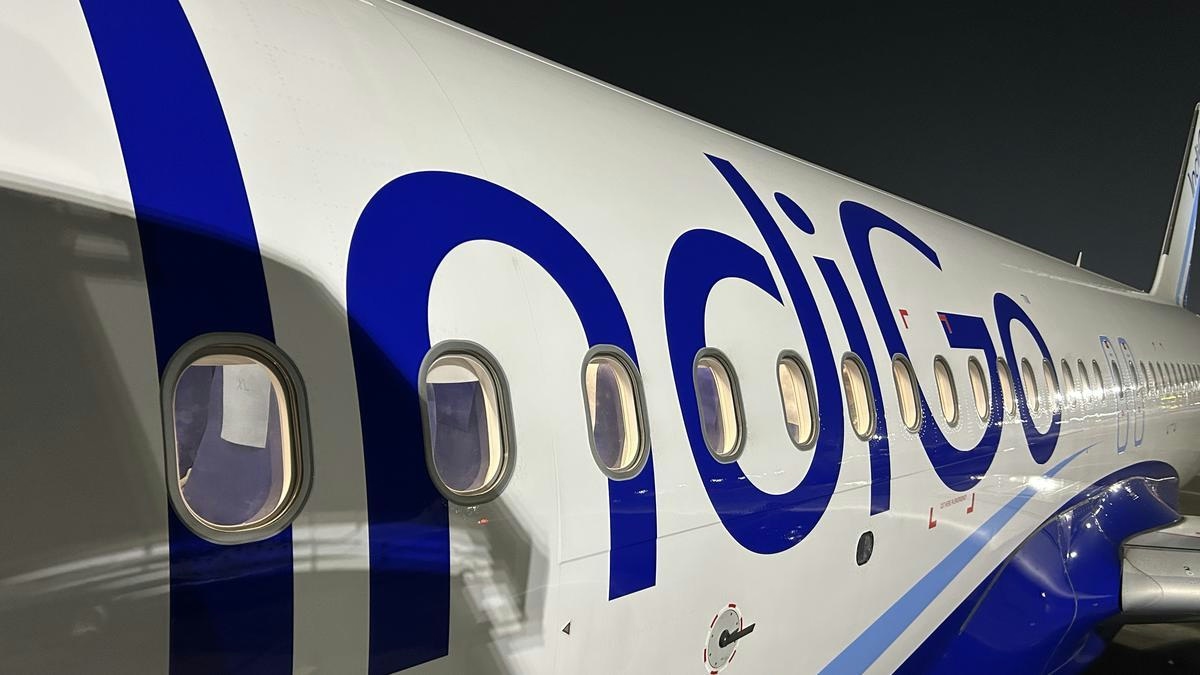
IndiGo to Deploy Wide-Body Aircraft on Vijayawada-Hyderabad Route, Says MP
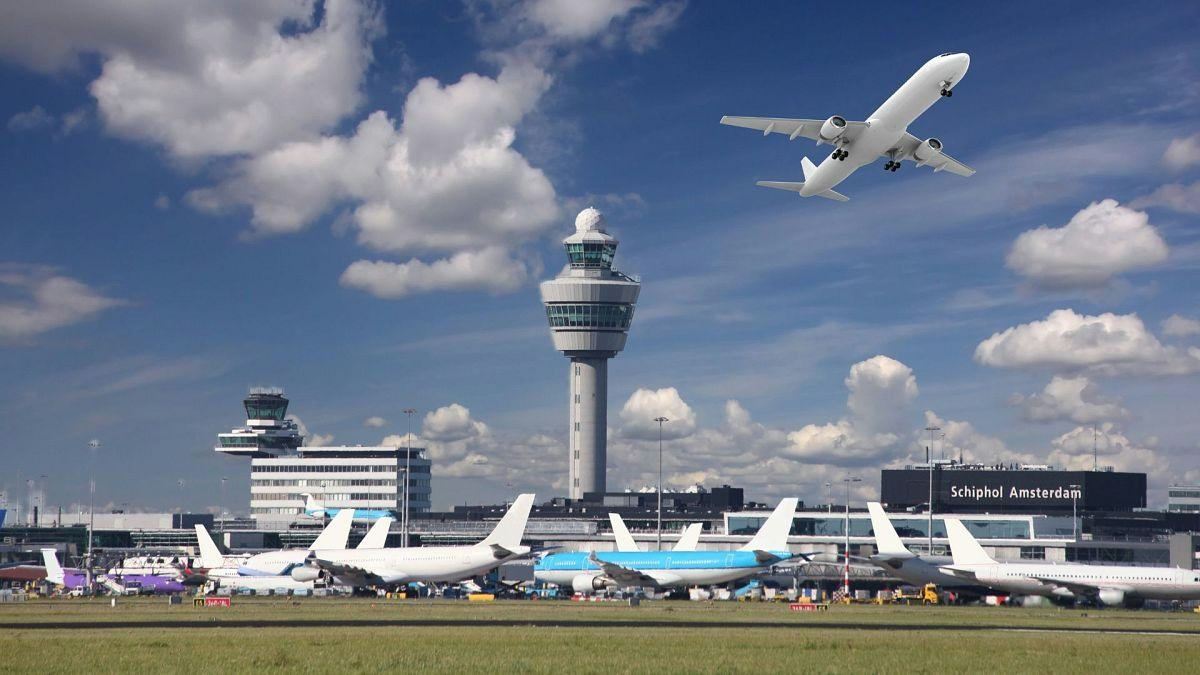
Europe Unveils New Aviation Strategy to Promote Cleaner, Faster Flights
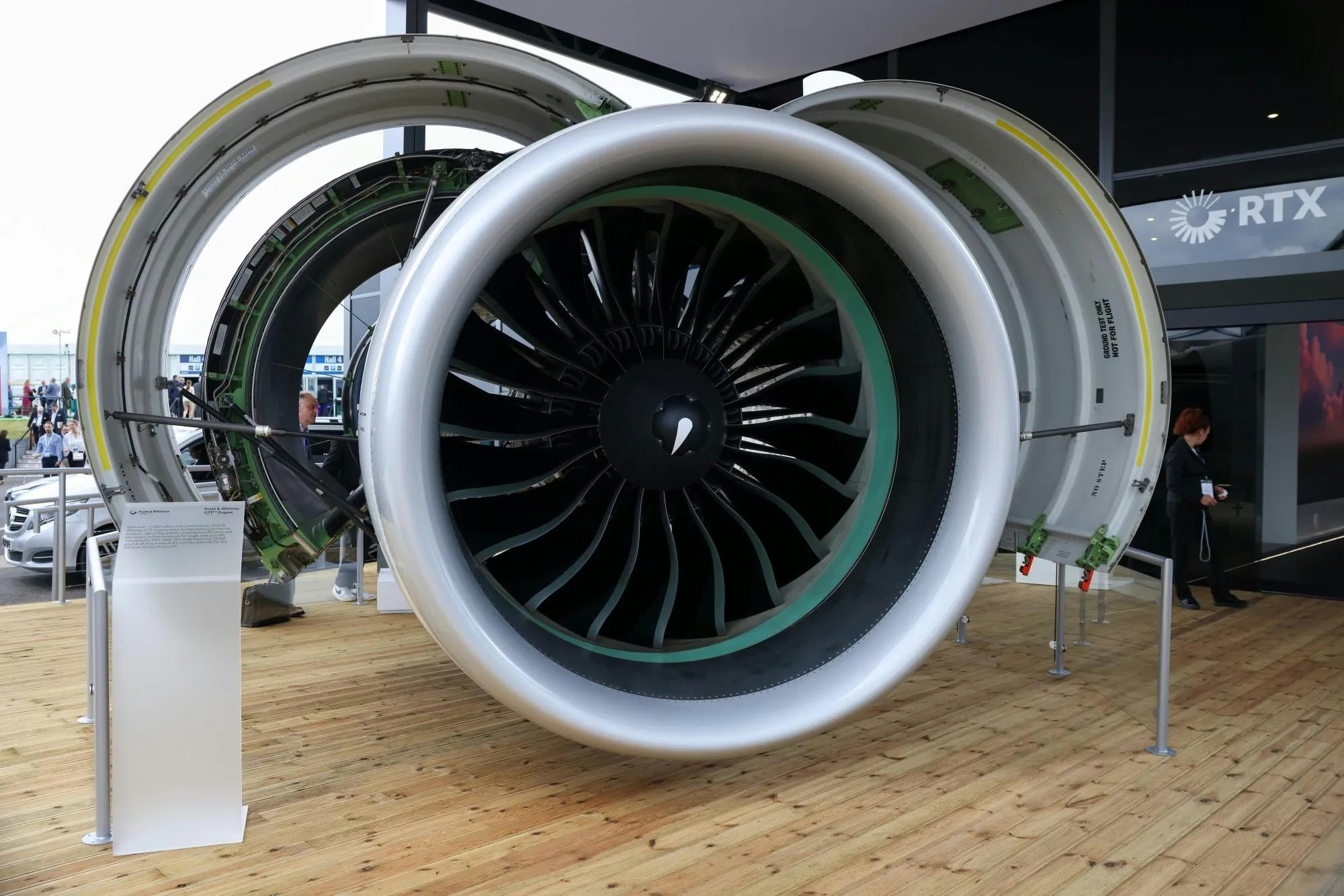
Spirit Signs Agreement with Pratt & Whitney Units on Aircraft Engines
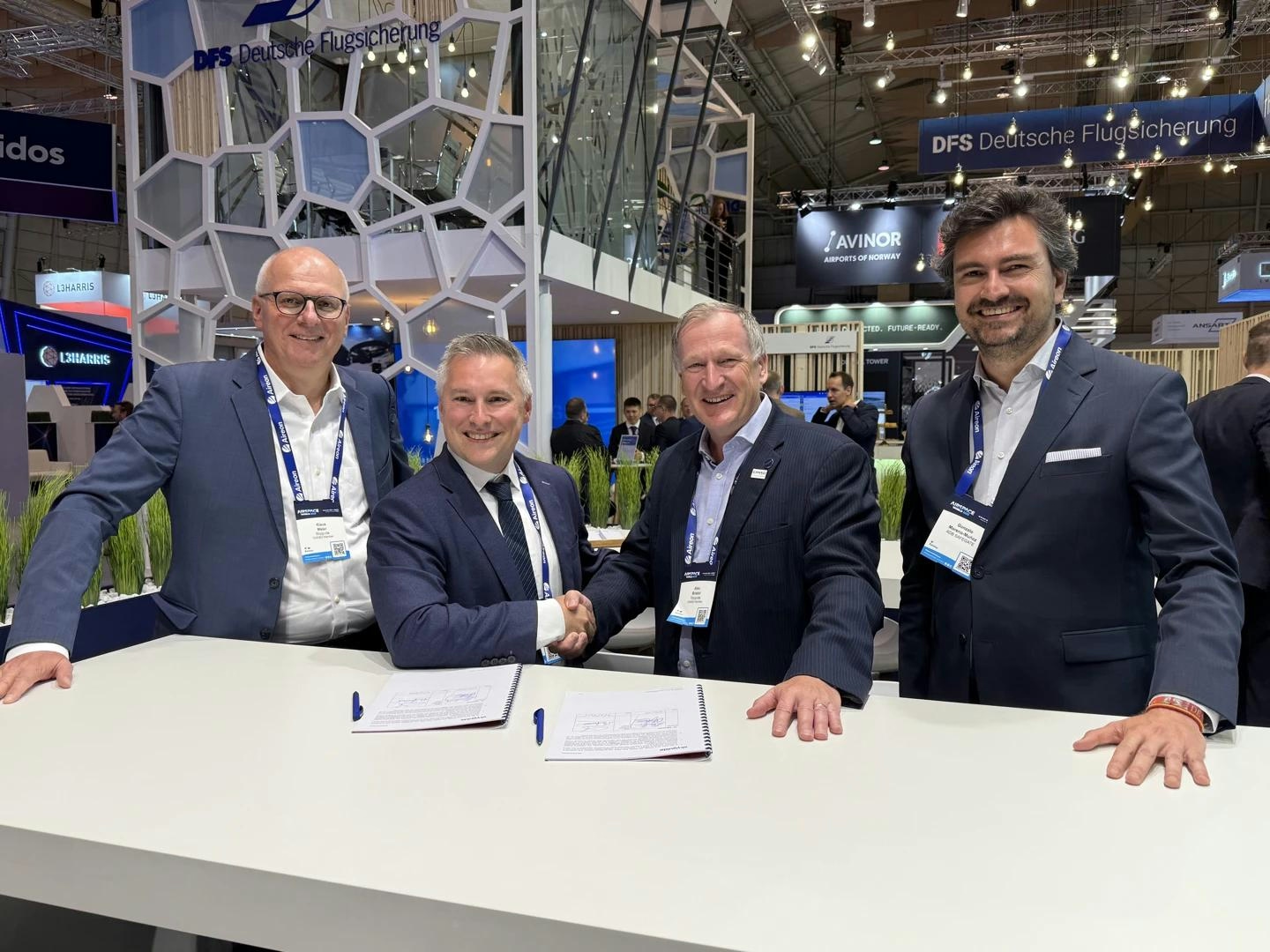
ADB SAFEGATE Receives Industry Awards for Marketing, R&D, and Social Impact

GA Telesis Secures Five-Year Landing Gear Overhaul Agreement with Major U.S. Carrier

Government Strengthens Aviation Safety Framework Amid AI-171 Investigation

NASA Software Raises Bar for Aircraft Icing Research
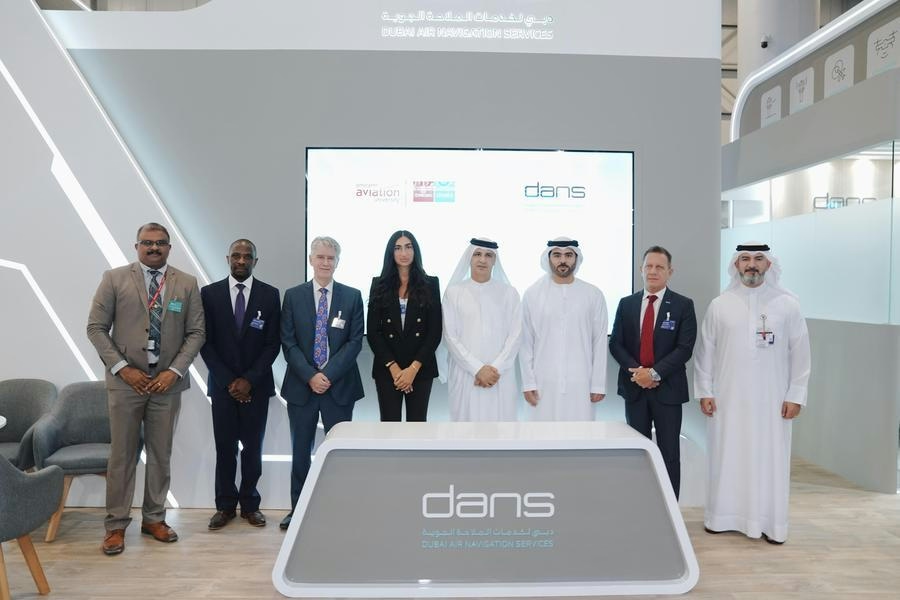
Dans and Emirates Aviation University Partner on AI Air Traffic Management Research
